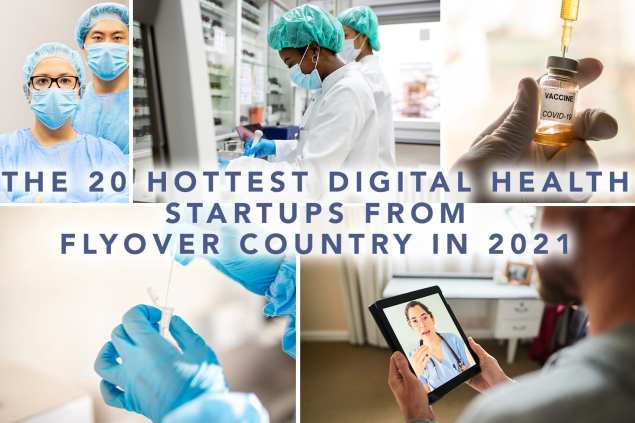Inside an Individual’s Physiological Signature
Originally published in Medical Device & Technology
1 min read
![]() physIQ
:
January 13, 2022
physIQ
:
January 13, 2022

Originally published in The Observer
The publication of last year’s list of the hottest companies in digital health in between the coasts—in so-called Flyover Country—now seems like it happened ten years ago. The coronavirus pandemic, which helped stretch 2020 into an interminable black hole, made it clear that healthcare innovation is a key to our survival as a species
And so as we now embark on the latest edition of our annual list of the hottest healthcare companies in Flyover Country, ahead of the JP Morgan Healthcare Conference (this year, not to anyone’s surprise, an entirely virtual event), we’re highlighting the ones our group of impaneled experts felt were doing exceptional work and creating extraordinary value in a healthcare milieu without modern precedent.
As in past years, we have assembled our kitchen cabinet of savvy health-tech venture capitalists, healthcare PE investors, coastal healthcare executives, and industry analysts to survey them about which companies they think are really killing it in the Midwest, Rockies and other places where every day is a good day for flannel or denim.
As in previous years, our list is not a ranking per se. All of the hundreds of companies considered for this year’s list are doing important work, helping to save lives, delivering better care, or creating a more efficient healthcare ecosystem. These are just the ones earning the most notice.
PhysIQ (Chicago, IL); Capital Raised: $26.4 Million
2020 turned out to be a watershed year for Chicago-based analytic software company PhysIQ. Chosen by the Department of Defense and the Henry M. Jackson Foundation for the Advancement Military Medicine to be a part of the nation’s Warp Speed initiative to address the pandemic, PhysIQ was awarded a $6.4M contract by the NIH to develop an AI-based Covid index for early detection infected patients.

Originally published in Medical Device & Technology

Originally published in Pixel Scientia Labs

Originally published in Crain's Chicago